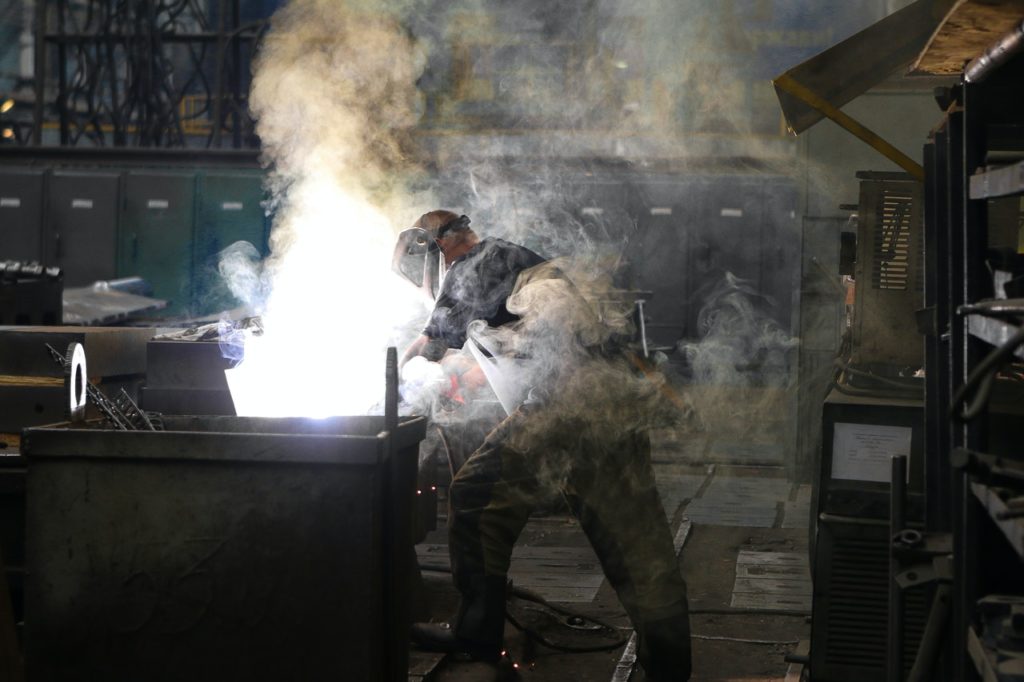The COVID-19 crisis has ushered in multiple changes to every sector of society — from the government to the business world, and even interpersonal relationships — the whole world has had to adjust to keep the virus from spreading and to mitigate the negative impact it would have on the global economy.
One of the most affected industries was the manufacturing industry. According to a survey by the National Association of Manufacturers (NAM), 4 out of 5 manufacturers expected that the COVID-19 pandemic would have a huge financial impact on their business. This is a higher number compared to the 48% of cross-industry businesses that expressed concern about the same impact.
Here are the ways that the pandemic changed the manufacturing industry, how and owners and managers have adjusted to these changes.
Selling directly to customers
A lot of manufacturers have had to revamp their business models, and one of the ways they did was to sell directly to consumers and bypass the wholesaler and retailer. It was already a trend before the pandemic, but COVID-19 stimulated the movement even more. The rise of e-commerce and more consumers moving towards online shopping also made stimulated the trend. Investors would also look more into direct-to-consumer (DTC) companies since manufacturers would now have end-to-end control of their brands and products.
Workforce protection
The manufacturing industry is an integral part of the nation’s supply chain, which means that those that were tagged by the U.S. Department of Homeland Security’s Cybersecurity and Infrastructure Security Agency as critical manufacturing workers were permitted to work and operate despite the nationwide lockdowns and stay-at-home orders, provided they follow proper health and safety measures for the protection of their workers.

Since the nature of the manufacturing work environment presents a high risk of infection among co-workers (like assembly lines or production, where people are required to have close contact with each other and their supervisors) and may contribute significantly to the potential exposure of workers, the U.S. Department of Labor and U.S. Department of and Health and Human Services created a booklet called Guidance on Preparing Workplaces for COVID-19, which details the factors that can affect virus transmission in manufacturing facilities and how owners and managers can control it. Some changes that were recommended include:
- Adjusting the engineering controls so that workers are allowed to keep a distance of at least 6 feet
- Changing the administrative controls so that only essential workers were allowed to enter and staggering the workers’ arrival and departure times to avoid the congregation of a large group of people at one time
- Using cloth masks or face coverings and even PPEs (for some facilities) as a requirement
- Screening of workers’ health and temperature before they can enter the facility
- Adequate management of and help for sick workers
Disinfection and sanitation protocols
For manufacturing plants that make use of a lot of tools and equipment such as filling machines, managers and employers were mandated to make sure that they are cleaned and disinfected regularly, using disinfectants that were approved by the U.S. Environmental Protection Agency. Protocols were also established to provide more supplies since sanitation in work and common spaces would be more frequent. Workers are encouraged to wipe down the equipment and tools whenever they change workstations, as well as commonly touched surfaces like refrigerator and microwave handles, knobs, vending machine touch pads, sink handles, and other levers.
Productivity from a distance
Workers whose physical presence wasn’t a necessity on-site and whose functions can be done remotely were encouraged to work from home as much as possible, primarily for the safety and protection of their shop-floor co-workers. In many manufacturing facilities, managers have been used to monitor shop-floor performance by doing regular “Gemba walks,” which are mindful walkthroughs wherever work is being done to make sure that everything in the plant is operating smoothly. Now that remote work and physical distancing are the new normal, companies have had to find creative ways to ensure the quality of the work being done and to keep employees accountable.
Almost all the major sectors of the manufacturing industry have suffered losses, thanks to the COVID-19 crisis. The majority of the issues they have faced include a significantly reduced demand, disrupted supply chains, and a decrease in manpower. However, like in everything in the business world, challenges can always come with new opportunities. As long as process manufacturers find ways to innovate and change with the times, they might be able to survive, and even thrive, during the pandemic.




